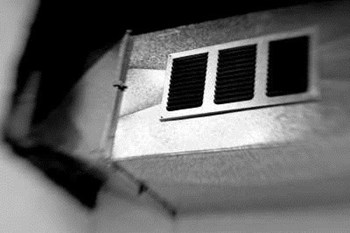
It creeps in silently and is everywhere at once. It is totally invisible to the naked eye, but often carries potentially dangerous materials. It can cause sickness and discomfort without ever being detected. What on earth could it be?
It's air—and it's high time you clean up its act.
With thousands of construction projects going on all the time, typical city pollution, grease from millions of restaurants, pets throwing dander everywhere, and more than a few cigarettes, the air out there is already a potential hotbed of allergens, irritants and other not-so-nice particulate matter. In a multi-unit building, air quality has another hurdle to jump—it has to filter through a system that is often neglected, dirty and totally out-of-date.
Keeping your building's chute, vent and duct systems clean and functional is a high priority—as important, you might say, as the air we breathe.
Why Care About Air?
"It amazes me that million-dollar apartments have gorgeous lobbies complete with fresh flowers but often the worst indoor air quality," says Maria Vizzi, president of Indoor Environmental Solutions, a Bronx, New York-based company that has been providing air quality services to individuals, management companies and businesses for over six years. Vizzi says ventilation issues, proper air flow/indoor air quality, duct cleaning, trash chute and compactor cleaning, disinfecting and deodorizing, video inspection and recording to detect air flow "blockages," and dryer vent exhaust cleaning are all steps a building can take to assess and improve its overall air quality profile.
But what exactly is in there that has the potential to cause so many problems? "What contributes to this dirty ductwork is pet dander, dust mites, allergens in the air, standard dust in the home - or a collection of all of those things—that come together and live in the duct work," explains Jeffrey Krentzman, director of operations of The Hygienic Home, a cleaning service based in Hackensack, New Jersey. "This can cut down on the efficiency of your system, cause your bills to go up and hurt your indoor air quality. Most people spend 60 to 90 percent of their time indoors; children and elderly are especially vulnerable, especially if they have asthma."
"Buildings clean air ducts for many different reasons - the first reason being safety," says Craig Berlin, president of ChuteMaster Environmental, Inc. in New Jersey, a national provider of indoor environmental services and products. "Obstructed air ducts can cause a real safety problem in a building. Should a fire break out, it's important that the air react as designed by the architects. There are cutoffs in the building that need to be maintained—which are sometimes encrusted with grease—and there are dampers that are sometimes not operational. Cleaning restores them to their operational value."
Berlin agrees with Krentzman, adding that safety comes into play with the second reason air systems should stay in good condition. "Another [reason] is the health of the building," Berlin says. "People are concerned these days with 'sick building syndrome,' and the actual environment of the building, especially for the elderly and very young. Studies show they're a lot more susceptible to their environment, so it's important to keep the indoor environment as clean as possible."
The third reason Berlin gives doesn't have much to do with safety—that is, unless you're an investor. "The third is the vanity of the building. [Maintaining clean ductwork] is important for resale value and also for tenant satisfaction; it's important to keep a building clean so prospective tenants as well as those who are already there are satisfied that the management is taking care of a well-managed building."
Vizzi says that it doesn't take long for air quality to take a nosedive in big city buildings. "The length of time for ducts getting clogged is dependent upon many factors," she says, citing malfunctioning ventilation fans, nearby apartment renovations, residents' smoking habits and others.
"For a residential apartment building the risers [and ducts] should be cleaned at least every five years," says Vizzi. "If an apartment has central air, I would have it cleaned every two years at minimum. Trash chutes and compactors should be cleaned every year. There are some properties that have a twice-a-year [chute cleaning] schedule—and they never have a roach problem, because they're removing the buffet table of food that lies inside the chute."
The expense involved in cleaning up your air systems isn't much, compared with the money you may have to spend in the future on exterminators (see above) or other repairs that might result from neglect.
"Proper cleaning of air duct systems will benefit the entire building—the lobby, the hallways, the trash chutes, the laundry room and especially the [units] themselves," says Dave Boden, director of regional sales at ChuteMaster. "If you allow dust and debris to collect in the ductwork, you get restricted airflow. If a building can't breathe, you get stagnant air. On top of that, the same substance that collects in the ductwork will absorb the odors - that's because the building isn't breathing. Plus, your roof fans are having to work much, much harder. As they do that, they're pulling dust and dirt up through [the system] which could give you a sizeable, expensive maintenance problem in the future."
How It Works
Cleaning ducts and airshafts isn't something most people can do themselves, and the experts say you probably shouldn't try. Cleaning ventilation systems is a pretty involved process because the systems themselves are complex—and can be dangerous to poke around in if you don't know what you're doing.
Contractors can start the cleaning process by giving you a not-so-nice look inside your air ducts and chutes. With use of photo and videotape equipment, you can see before and after views of the equipment and make certain that the contractor completely cleaned the system.
"It's free and shows dust mites, spider webs, pollen, rust, sheetrock if there has been construction in the home, etc.," says Krentzman. "You'll get a good view on the screen if you need it."
As for the cleaning process itself, "There are many fancy words for the actual cleaning of the ventilation system," says Vizzi. "The most important aspect is to use a high-efficiency particle air (HEPA)-filtered vacuum and work according to the standards in our industry, set by associations such as the National Air Duct Cleaning Association (NADCA) [a non-profit association of companies engaged in the cleaning of HVAC systems]. Remediation is cleaning every single riser, for the bathrooms, kitchens and hallways, [as well as] basements, attached garages and sub-basements. The comprehensive cleaning should be for any point through which air flows into or out of the property."
Vizzi adds that all flow lines need to be thoroughly cleaned and then sanitized, "apartment by apartment, and common areas, too."
Tools of the Trade
The pros go on to explain that while the NADCA does not endorse one kind of equipment over another, there are two main types of vacuum collection devices used to clean residential building systems: those mounted on trucks and trailers, and smaller, portable units.
Truck/trailer mounted equipment is generally more powerful than portable equipment. However, portable equipment can usually be brought directly into a building, allowing the vacuum source to be located closer to the ductwork. Both types of equipment will clean to NADCA standards, but sources for this article say it's important to note that companies offering just vacuuming or brushing will not get an HVAC system clean. Both tools are required to thoroughly clean an HVAC system, and the contractor should use vacuum equipment that exhausts particles outside of the building, or use only high-efficiency particle air (HEPA) vacuuming equipment if the vacuum exhausts inside the home.
Krentzman explains that in addition to blowing or vacuuming building systems, reputable vent—and duct-cleaning companies use a long hose that is inserted into each individual air duct to dislodge blockages and get rid of any lingering crud in the system.
"The brush spins and knocks off the dust and then it acts as a vacuum and sucks it out," he says. "The cleaning process can take one to two hours, more for a bigger unit."
After the system is blown out and brushed, the cleaning contractor should then use a sanitizer—an important component to keeping your ducts clean in the long term.
"Sanitizers are basically germicidal, sporicidal compounds that are fogged into your system to make sure there is no cross-contamination," says Thomas Licker, environmental marketing director for Insurance Restoration Specialists, Inc., in East Brunswick, New Jersey, a company that specializes in commercial air vent and duct cleaning.
Chutes and Roof Ladders
Both Vizzi and Boden remind management not to ignore two components of your building's respiratory system: the roof and the garbage chute system.
The roof is a crucial intake and outtake point for the air of a building, says Boden. "Roof fans and coils are what I like to refer to as 'forgotten properties,'" he says. "Much like ductwork that's in the wall where you can't see, it's just 'out of sight, out of mind.' These fans are just up on the roof—and as far as people know, they work, draw air, and the building breathes. Oftentimes, they're in disrepair or they're broken-down, but nobody knows about it."
According to Boden, allowing fans to get dirty and stay dirty contributes to lots of problems. "Think of cleaning your roof fans the same way you think of replacing a belt that has broken," he says. "If you maintain them, they're going to last much longer. And the same can be said for [A/C chiller] coils. With coils, you're dealing with moisture. So you're going to get build-up and deposits there - you want to keep them working properly and halt microbial growth."
The other oft-forgotten area where most buildings could see improvement is in the trash chute category.
With loads of food waste and even grosser garbage going down them every day, garbage chutes can get really vile really fast. Vizzi's company says it doesn't take long to work over that area, however. "The comprehensive trash chute cleaning is done in one day for each compactor," she says. "So if a building has two sides, we will take two days. This service should be done every year to prevent odors and roaches, mice and so forth."
Berlin agrees, noting that the trash chute is a literal hotbed of safety hazards. "Residents throw down flammables, paint thinner, paints and other items that aren't appropriate for the trash chute," he says. "Some of these stick to the sides of the trash chute and should be washed down on a regular basis."
Berlin also notes that if a building wants happy tenants, trash odors need to stay in the trash area. Keeping the air flowing through clean chutes does much to ensure those nasty smells stay put.
Check, Please!
Since no two properties are alike, it's hard to say how much you'll need to budget for chute and vent cleaning services. According to the pros, generally you can expect to pay between a few hundred to a couple thousand dollars for a visit, depending on the size of your building and how long it's been since your ductwork and trash chutes have had any professional attention. The length of time it takes to finish a cleaning project will hinge on the same factors—if you've got 800 units, two garbage chutes, and it's been five years since anybody cleaned them, you could be looking at the upper end of the price and time scale.
"The process can take three or more weeks, depending upon the size of the building, the number of apartments, number of roof fans, etc.," Vizzi says. "We have the coordination down to a science and work hand-in-hand with the property managers to notify the residents and make sure access is given when needed. Once the residents are educated about the important work that needs to take place, they understand the benefits to this type of cleaning."
"A little education of the apartment dwellers is important," says Vizzi. "Many boards choose the lowest bidder without taking into account the type of cleansers being used. Very often the cheapest vendor is using watered-down products or ones that are harmful to breathe, or harmful for the environment. There is a high risk from not using the right products and the right vendor."
Even more important than choosing the right contractor to do an occasional deep cleaning of your building's airways is to stay on top of the job in the first place.
"It's important to do preventative maintenance and get on a schedule with a contractor," says Licker. "If you let it go too long, chances are you're decreasing the efficiency of your air handling system and you'll be paying more money in electric bills. If you get on a preventative maintenance program, the company will come out once a year and check it to see if you need cleaning. How often it's clean depends on the building—some are just dirtier than others."
Licker also suggests that boards or owners hire a company through NADCA. "Be sure the contractor is NADCA-certified," he says. "The association makes sure the contractors doing the work know what they are doing—it's a policing of contractors. In order to get and stay certified, contractors have to complete several classes."
One caution—all consumers should also beware a scam from contractors—some companies can make sweeping claims about the health benefits of duct cleaning—the EPA says that such claims are unsubstantiated and that consumers should be aware of what's called "blow-and-go" air duct cleaning companies. These companies often charge a nominal fee and do a poor job of cleaning the heating and cooling system.
If the air you breathe at home is starting to smell a little like your upstairs neighbor's cigar or your downstairs neighbor's cat box, perhaps a chat with management about the benefits of duct cleaning is in order—eventually, everyone will breathe a little easier.
Mary Fons is a freelance writer and performance artist living in Chicago.




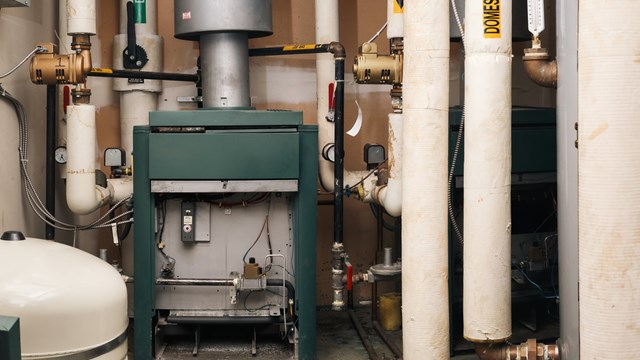
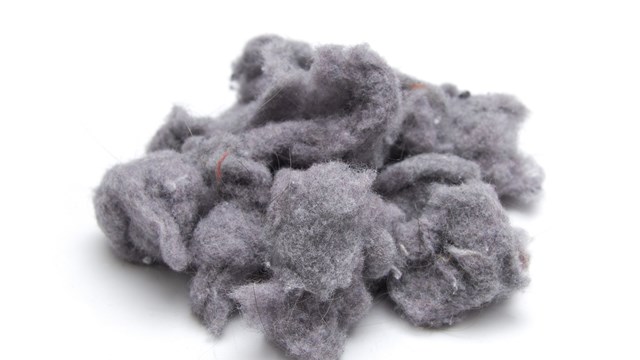
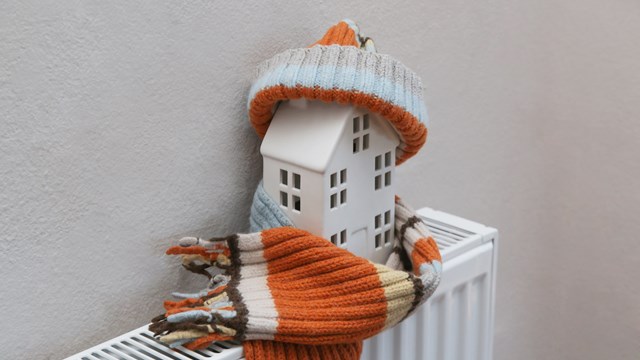
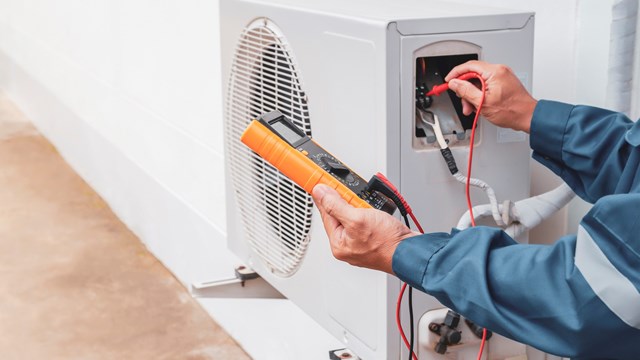
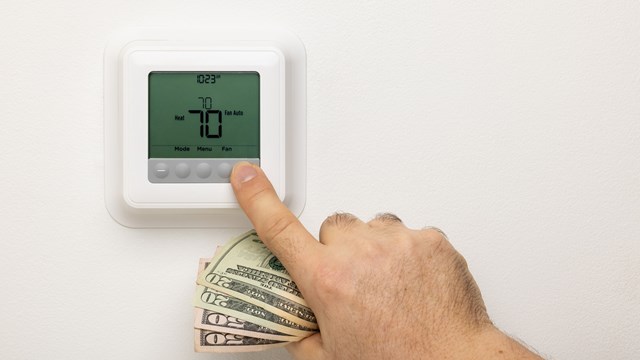
8 Comments
Leave a Comment